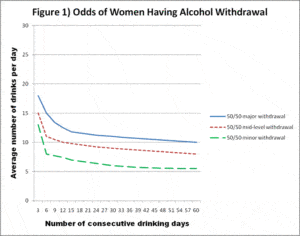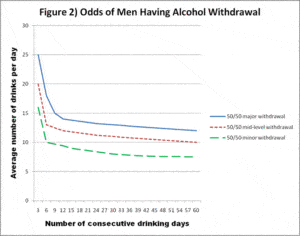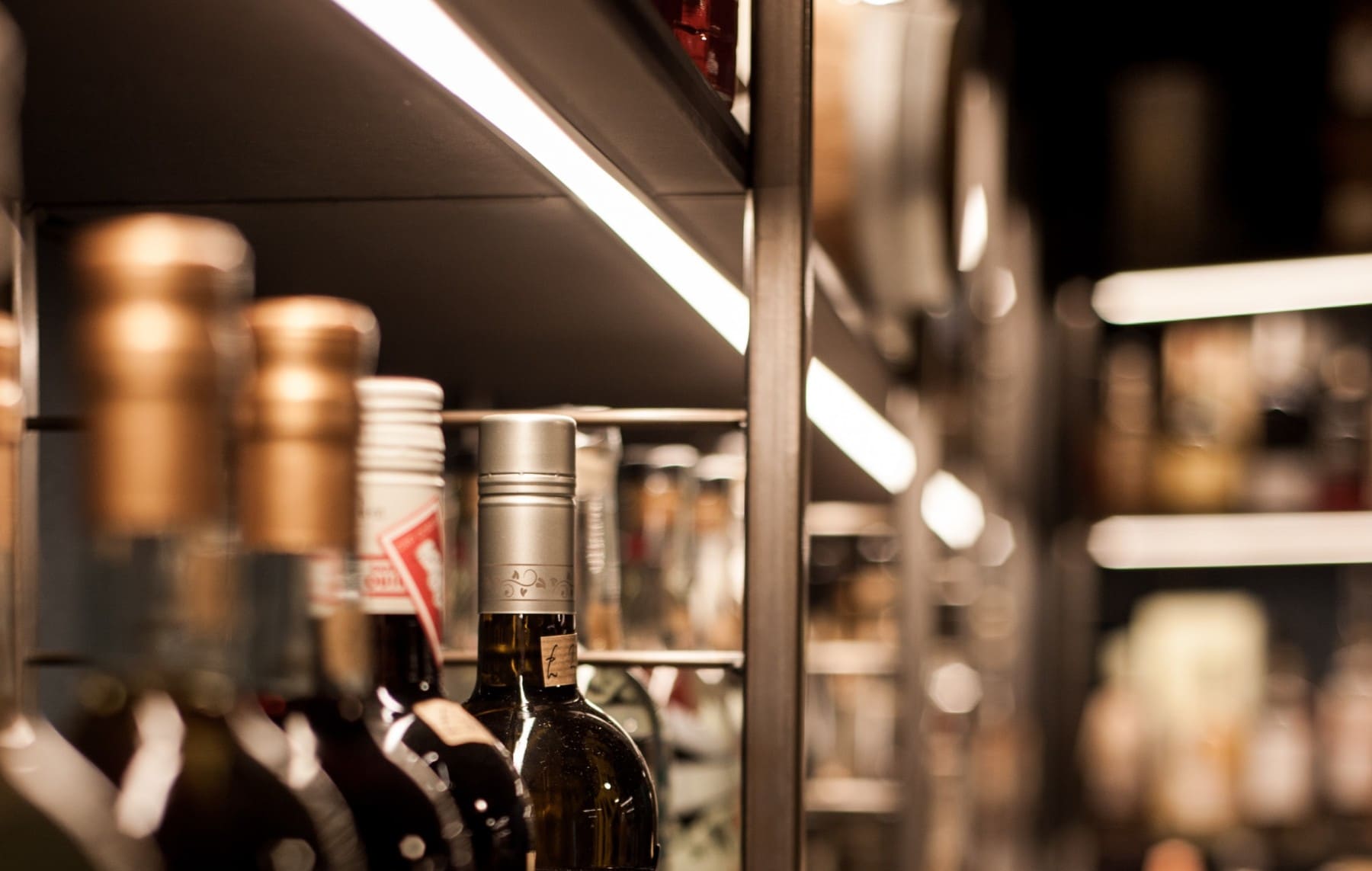All Pennsylvania liquor stores were closed at 9 pm on March 17 as part of the state’s coronavirus response—in contrast to states such as New York, where liquor stores have been deemed “essential.”
For many, this is an inconvenience. But for extremely heavy drinkers, suddenly ceasing to consume alcohol can lead to dangerous and even fatal withdrawal symptoms.
Shouldn’t “Alcoholics” Just Tough It Out?
As we watch this global pandemic claim more lives every day, people who use drugs will be among its victims—due to their higher risk of infection, but also due to disruptions in their drug supplies.
There has been a growing acknowledgment that illicit drug supply chains are already changing. This impacts drug quality and cost for people on the ground, increasing their risk of involuntary withdrawal and overdose. Fortunately, a number of excellent harm reduction resources have been developed by prominent and respected organizations to help drug users to prepare for this change.
But let’s not forget that alcohol is more widely consumed in the United States than any illicit drug. Over of half of Americans over the age of 12 had at least one alcoholic beverage in the past month. Although the majority of drinkers consume moderate amounts of alcohol, roughly one in 10 qualifies as a heavy drinker who might be at risk for withdrawal if cut off from a steady supply.
But where are the harm reduction tips for heavy or dependent drinkers? We hope this piece can offer some guidance.
Who Is At Risk of Withdrawal?
Not every heavy drinker is at risk for withdrawal, and levels of severity may differ based on gender, number of drinks typically consumed, and how long you’ve been drinking at this level. The following graphics illustrate our estimated 50-50 risk levels of major, mid-level or minor withdrawal according to those three variables:


Graphics taken from the book How to Change Your Drinking, by Kenneth Anderson, via HAMS.
People at risk for serious withdrawal symptoms typically include those who have gotten intoxicated every night for a month or more, those who drink small amounts of alcohol continuously throughout the day for a month or more, or anyone with a history of withdrawal symptoms.
You are in withdrawal if you are visibly shaking, sweating profusely, having a high or irregular heartbeat, or experiencing high blood pressure after you stop drinking.
For more information, check out this helpful graphic by the Pennsylvania Department of Drug and Alcohol Programs:

Hospitals Focused on the Infected, Not the Intoxicated
We recommend in-hospital detoxification for people in danger of withdrawal. But hospital resources at this time are likely to be focused on caring for the infected, not the intoxicated.
Even if detox beds are available, going into the hospital exposes non-infected drinkers, whose immune systems are already weak, to the danger of becoming coronavirus patients themselves. We also know that the majority (95 percent) of people with alcohol use disorders do not seek treatment.
While detoxification in hospitals commonly involves being given medications called benzodiazepines (Xanax, Valium, Librium, etc.), most of us may not have access to a prescription and it may be especially difficult to get one now.
Fortunately, there is a way to detoxify from alcohol without entering the overburdened healthcare system or requiring prescription meds. It’s called tapering, and it can save the lives of people whose liquor supply has been cut off and who may not seek or receive professional help.
How Do You Taper?
Tapering uses gradually lowered levels of alcohol to wean the body off of it over an extended period of time.
Fortunately, even though liquor stores are closed in the state of Pennsylvania, beer is still available in grocery and convenience stores, so you should make sure to stock up before you implement this plan. Based on our experience, it is actually best to taper with beer, since attempting to taper with wine or liquor can easily lead to getting drunk again.
Tapering, if that’s your goal, should be done with the aim of avoiding withdrawal, not getting intoxicated. So drinkers should consume only as much beer as is absolutely necessary to hold off shaking and sweating.
If you have been drinking more than 20 standard drinks a day throughout the day, we recommend that you start with one beer per hour, beginning when you wake up in the morning, for a total of 16 beers the first day. (However, if you notice yourself experiencing any signs of withdrawal during this time, then you may want to have a few extra beers on hand.)
On the second day, try drinking one beer every hour and a half, for a total of 10 beers in the day, if you can. Then continue to taper down by reducing the amounts by two beers per day until you are down to zero.
If you have been drinking less than 20 standard drinks per day, you can try to reduce your total number of drinks a day by two standard drinks per day. For instance, if you’ve been drinking a total of 12 drinks a day, you might want to try to drink a total of 10 beers on the first day of the taper, eight the second, and so on.
You should bear your other health circumstances in mind when deciding on the speed of your taper. A younger, healthier person may prefer a relatively fast taper; an older person with other health conditions may well need to take it slowly. More detailed information about tapering can be found here.
You Are Not Alone
For people who drink very heavily, going cold turkey can be life-threatening. Tapering provides a safer way to eliminate the physical need for alcohol, even while sheltering in place.
Remember that “social distancing” should not mean that you are isolating from social contact, and you can take advantage of online support to help you meet your goals. HAMS (Harm Reduction, Abstinence and Moderation Support), which we operate, is a non-faith-based, worldwide internet support group that supports all drinking goals, from abstinence to moderation to safer drinking.
Photo by Marco Chilese on Unsplash






Show Comments